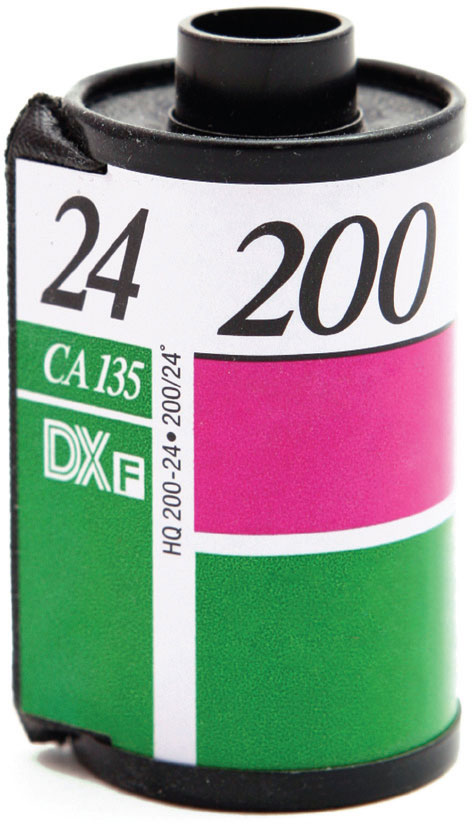What Is ISO?
SETTING THE STANDARD
I SO stands for “International Standards Organization” and is an official way to classify the speed of a film. This refers to how sensitive the film is to light. This designation isn’t just for film cameras, though; many digital cameras also have settings that let you choose how sensitive the sensor will be to light.
When choosing your ISO film or setting, the important thing to remember is that the lower the number ISO designation, the more light your scene needs to have. In a photography studio with controllable lights, you will probably want to choose 100 ISO or lower. In a dimly lit setting, perhaps an outdoor evening scene, you may need to choose an ISO of 1000 or above. Remember that the higher the ISO setting of the film or camera, the more “grain” or “noise” your final photograph will contain. For the highest quality photograph, choose the lowest ISO film or setting available.
Film speeds, or ISO settings, are generally 50, 100, 200, 400, etc. A 100 ISO setting, or film speed, requires half as much light as a 50 ISO setting, and twice as much as a 200 ISO setting.
Now that you understand how to manipulate aperture and shutter speed together, you may add in the ISO variable to compensate. Just remember that if you change the shutter speed or aperture by one setting, you must offset it by changing the ISO or film speed one setting in the opposite direction. —CWN

DSLR cameras have ISO settings while modern SLR film cameras will read the DX coding on the film canister and automatically set the camera. Older film cameras have a dial setting that must be changed to match the film speed shown on the canister. In this example, the setting would be at 200.

